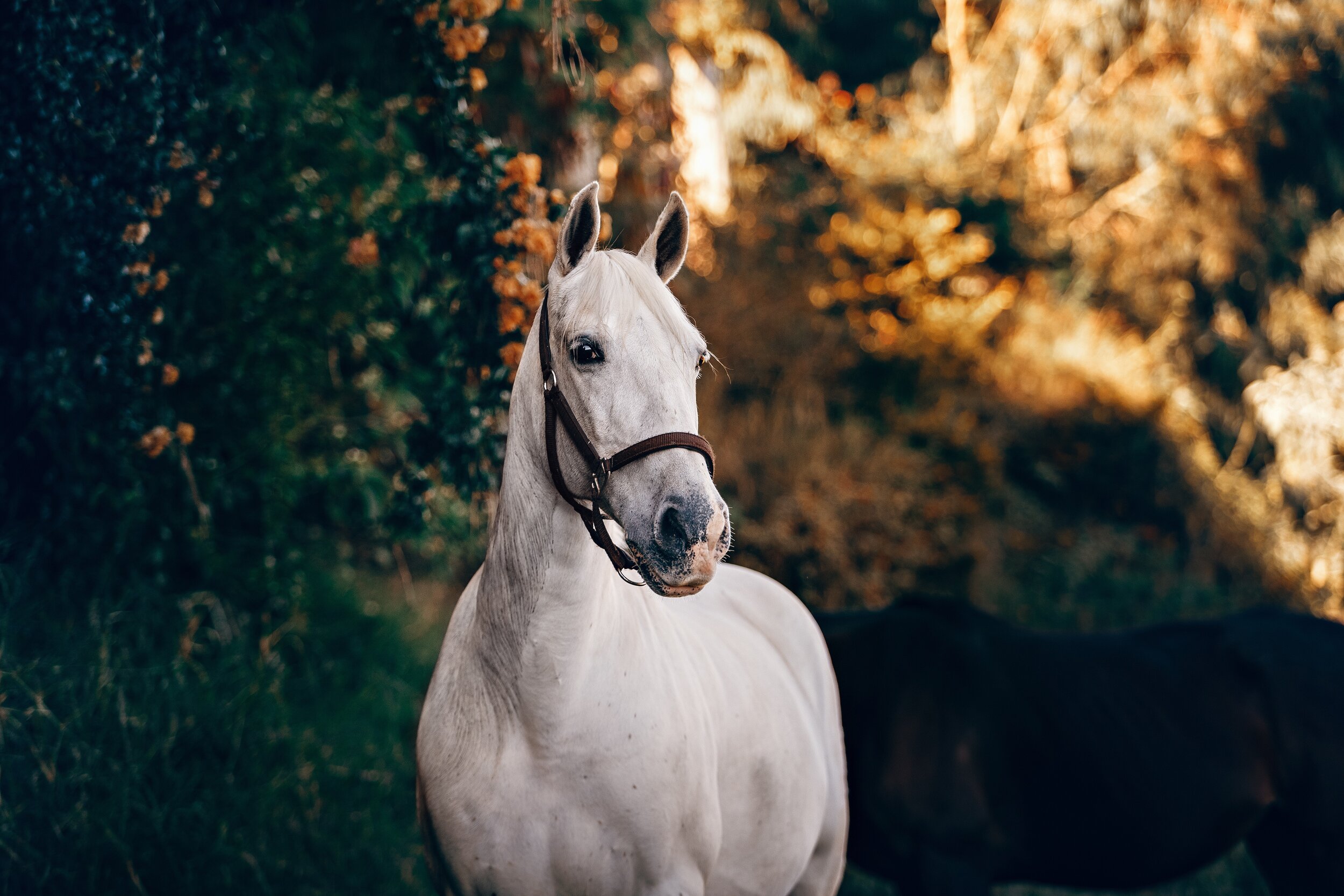Stop Your Horse Pulling On The Bit
What creates a horse that pulls on the bit and how you can work wit your horse to correct it.
How do you get the horse to stop pulling on the bit?
Horses that pull on the bit or through the bit haven’t been taught how to accept bit pressure and what to do with contact. There is also a good chance that their neck is being held uncomfortable tight.
Believe it or not the instinctive response for the horse to give to bit pressure in their mouth is to pull against it, not follow it or give to it.
Have a feel of it yourself. The pulling of the bit on the head and mouth puts them off balance so instinctively they want to pull against it. That’s why when breaking, we want to move quickly from using the reins to control the horse to using the reins to communicate with the horse. When our reins are used to control the horse it becomes an argument of who is stronger. This is an argument a horse will win every time on the ground let alone in the saddle. I prefer not to get into this argument in the first place.
The first thing horses need to learn is how to accept pressure and look for the release of pressure.
That allows us to set our horse up for seeking the right answer and not just doing as their told. This allows us to start working with cue training. The horse learns that if 2 reins contact is applied to their mouth, if they stop and stand still that pressure goes away. If 1 rein is applied and they follow the rein it goes away.
It is when the horse is either not taught this or the rider does not ride this way that the horse will start trying to grab the bit and drag the rider around to the things he wants to do. Once the horse knows he can get out of work doing this, it becomes very tricky to fix. You basically have to ride without rein contact and show them they don’t get out of work that way.
The other time horses can start grabbing and pulling the bit is if you are hold their neck too short.
We want a short body and a long neck. We want to encourage our horses to reach their noses out and find contact. A short neck jams up their movement and gets them feeling uncomfortable.
Exercises to improve grabbing the bit:
Correct use of pressure & release to show the horse how to respond to bit pressure correctly;
Riding without contact and on a long rein;
Transitions;
Flexion at the poll;
Rein back over a pole.
You can learn how to apply correct bit pressure and acceptance of the bit, while developing your horses musculoskeletal frame in a way that supports longevity and success, Equestrian Movement is in the process of finalising the Green to Self Carriage Course. Sign up to learn up it’s release here!
Why Does My Horse Feel So Heavy?
When you are feeling a lot of weight in your reins, what are you missing?
Do you feel like your horse leans on the bit, is heavier for a half halt, pulls through the bit or snatches it when you’re trying to ride a downward transition or rebalance the stride?
Your horse may be missing a vital piece to the puzzle that is his education: The rein back.
Rein back can be one of those exercises that people really struggle to get under saddle because they don’t understand how to teach it - so it doesn’t get taught.
Maybe you’ve tried? Pulled the reins, wiggled your bum a little maybe even attempted the leg aids and all you successfully taught was the horse to toss its head or snatch the bit. So rather than make things worse you gave up. “Oh well don’t need that any way... right?”
Well it may surprise you that you do need that rein back!! Especially if you’re struggling to get a square halt, a half halt or even steady head carriage and seeking the bit.
The rein back has an important role in the foundations of your horses training. It gets them thinking “sit” and “transfer weight onto the haunches” from bit pressure which is, in essence, engagement.
It is also important for head carriage.
A true frame and self carriage (therefore head carriage) is directly related to the softness and flexion of the hind legs and hocks. The reins don’t control where the head is, they control how much flexion is through the joints of the hind quarters. This in turn influences the amount of roundness through the neck and crest.
A horse that just flexes away from the bit without getting into the haunches cannot develop an uphill action and will be working on the forehand and not able to half halt.
So before you give up on that rein back, think about all the flow on affects the exercise has on the horses understanding of the rein aids and how to use its body. And its actually really easy to teach if we start with using it on the ground first and then transfer to under saddle.
Get step-by-step tutorials in the Green to Self Carriage online program!
Looking for more specific content?
Have a question you are seeking answers to? Send us a message and we will create a blog!






Save your seat at this free webinar